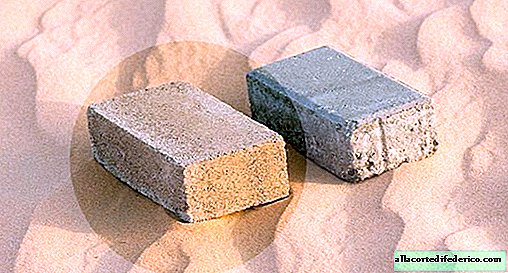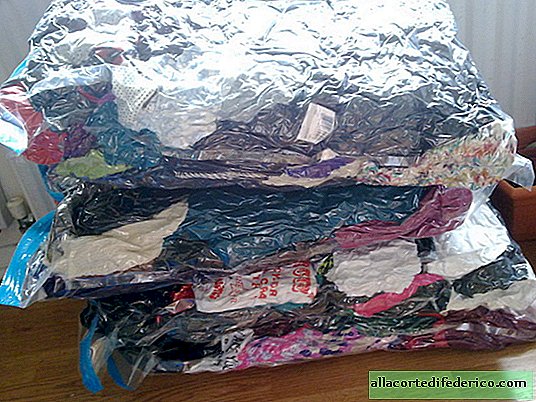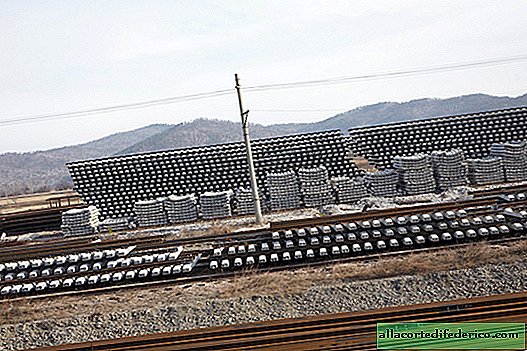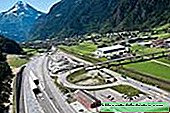21st Century Airfields: How to Build a Sand Runway
The construction of a high-quality runway that could accommodate spacious passenger liners is far from fast and very costly from a material point of view. Many remote corners of our planet suffer from this, from paradise tropical islands to cities lost in the taiga that do not have a permanent connection with the outside world. But, perhaps, in the near future this problem will have an original solution, since American engineers, by order of the military, are developing a method for constructing runways using special microorganisms.

In order for the aerodrome strip to withstand the weight of aircraft, it must be made of high-strength concrete, which requires not only the delivery of the necessary raw materials, but also the presence of highly qualified personnel. BioMason offers an innovative way to build runways, which will not only significantly reduce the amount of building materials needed, but also save on costs associated with the presence of a significant number of specialists. American engineers suggest using bacteria as building aids that, as a result of their vital functions, form calcium carbonate in a special nutrient solution. An aqueous solution of these microorganisms must be treated with sand in a few days. During this time, bacteria, producing crystals of calcium salt, firmly fasten the sand, turning it into an incredibly hard surface.

The developers are confident that this method of producing particularly durable coatings not only significantly saves labor and resource costs, but also prevents environmental pollution. After all, using bacteria, you can not extract and move tons of building materials, but use sand, which is an easily accessible and widespread raw material. This technology will certainly appeal to builders from hot desert regions where there is no shortage of sand, as well as paradise islands with miles of beaches, because many of them have no way to take flights.


















